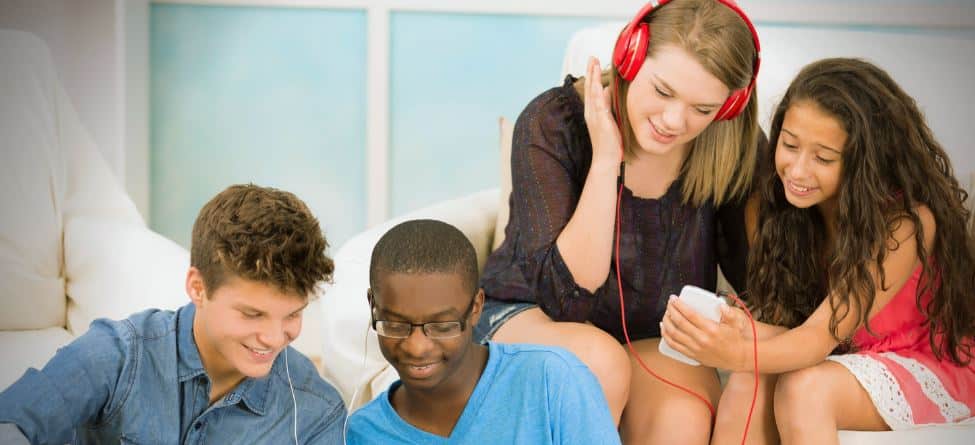Excessive noise exposure, often dismissed as a mere annoyance, is being brought into the spotlight as a significant yet underrecognized public health concern, especially for children and adolescents. According to a report recently released by the American Academy of Pediatrics (AAP), as many as 12.5% of children and teenagers aged 6-19 may be at risk of permanent hearing damage due to noise overexposure.
The report, which includes an AAP policy statement and technical report titled “Preventing Excessive Noise Exposure in Infants, Children, and Adolescents,” sheds light on the detrimental effects of noise exposure, particularly in young individuals.
Lead authors include:
- Sophie J. Balk, MD, FAAP
- Risa E. Bochner, MD, FAAP
- Mahindra A. Ramdhanie, AuD, FAAA, CCC-A
- Brian K. Reilly, MD, FAAP, FACS
The findings will be published in the November issue of Pediatrics.
Types of Noise Exposure
Noise exposure is typically categorized into three types: occupational, environmental, and recreational.
- Occupational Noise: Occurs in the workplace and is a well-known source of noise exposure.
- Environmental Noise: This type stems from human activities and can originate from sources like road traffic, railways, airplanes, industrial sites, wind farms, leaf blowers, and indoor sources such as video games, televisions, and classrooms.
- Recreational Noise: Personal listening devices, music at parties, concerts, sporting events, and recreational firearm use all fall under this category.
Effects on Hearing
Prolonged exposure to loud noise can damage the hair cells in the inner ear’s cochlea and the auditory nerve, leading to permanent hearing loss.
Furthermore, the longer the exposure and the louder the noise, the greater the risk to hearing. The report points out that the use of occupational noise standards to determine safety for children or adolescents is inadequate.

Impact on Children and Adolescents
Children and adolescents are particularly vulnerable to noise exposure due to their developing cognition and less control over their environment. This exposure can begin right after birth, as neonatal intensive care units often expose babies to various noises. At home, infants are sometimes exposed to white noise sleep machines, toddlers play with loud toys, and older children and teens often crank up the volume on their devices, sometimes due to background noise.
Moreover, children with developmental differences, such as those with autism spectrum disorder and attention-deficit/hyperactivity disorder, often exhibit increased noise sensitivity.
Preventing Hearing Loss
The report underscores that noise-induced hearing loss is preventable, and pediatricians have a crucial role in this regard. They can:
- Discuss the use of personal listening devices during patient visits, especially for adolescents.
- Familiarize themselves with World Health Organization recommendations for safer listening.
- Educate caregivers about setting devices to lower sound levels and using parental controls.
- Recommend shielding children from impulse noise, like firearms and explosives, whenever possible.
- Encourage the use of protective earmuffs and earplugs when necessary.
The report concludes by comparing the current perception of noise exposure to that of smoking and secondhand smoke more than half a century ago, underscoring the need for greater public awareness.
Pediatricians are not only encouraged to educate families about the dangers of noise exposure but also to advocate for environmental noise-control measures and other public health regulations and legislation to protect children’s hearing.
In a world filled with noise, it’s crucial to ensure the sound doesn’t harm our most vulnerable population.
Source: AAP






